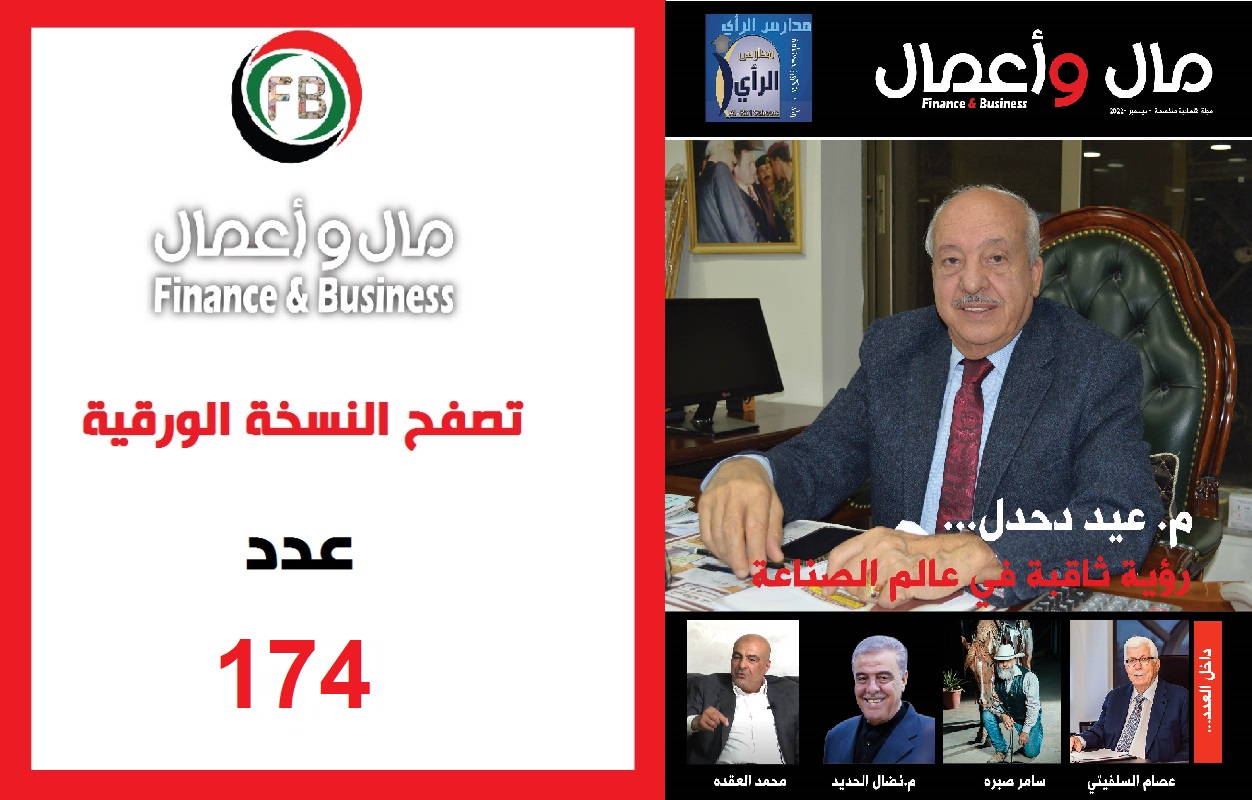Uranium bank opens in Kazakhstan

The International Atomic Energy Agency (IAEA) in affiliation with the Government of Kazakhstan started its first-ever Low Enriched Uranium (LEU) Bank in Kazakhstan on Tuesday August 29. $150 million facility will help to ensure a steady supply of low enriched uranium for Kazakhs nuclear power programmes.
The International Atomic Energy Agency’s low-enriched uranium bank, opened in Kazakhstan, is the culmination of a years-long effort to respond to this risk. The agency, which will run the “bank” independently of any country, will purchase and store low-enriched uranium, fuel for civilian reactors but not an ingredient for nuclear weapons.
The uranium repository is also a rare bright spot in the rocky U.S.-Russian relationship. Russia is a leading global supplier of uranium to the nuclear power industry, and has its own uranium repository. Moscow was initially cool to the idea of an independently run uranium bank that might be seen as a competitor. Ultimately, however, Moscow agreed to support the project. Both Russian and China granted transit rights for uranium fuel being shipped to and from the Kazakh facility.
While addressing the gathering here in Astana Kazakhstan President Nursultan Nazarbayev highlighted that during the past years our country has progressed from the holder of the world’s fourth nuclear arsenal to a leader in global non-proliferation. He said that the opening of such type of a bank is the result of many years of work and is a very important event for the state.
“As a state possessing large volumes of uranium-containing raw materials, we contribute to the peaceful use of atomic energy,” he said at the ceremony.
President Nazarbayev said that by providing the IAEA the possibility to establish the LEU Bank, Kazakh is helping to strengthen the non-proliferation regime and creating a unique mechanism for the safe supply of nuclear fuel. He emphasized that the bank will function under the full control of the IAEA and will be in its official legal possession.
Russia has operated a similar bank since 2010 but the one in Kazakhstan will be the first one fully owned and operated by the global nuclear watchdog.
“By hosting the IAEA LEU bank, Kazakhstan has made another contribution to strengthening the global non-proliferation regime,” Kazakh President Nursultan Nazarbayev said as he handed IAEA Director General Yukiya Amano a symbolical key to the facility at a ceremony in the Kazakh capital, Astana.
He averred, “We are the largest producer of uranium and are ready to play an important role in the world energy. Also, Kazakhstan is in the mainstream of a global green trend. That is why we are holding the EXPO 2017 international exhibition, dedicated to the energy of the future, in Astana.”
IAEA Director General Yukiya Amano said, “The LEU Bank will serve as a last-resort mechanism to provide confidence to countries that they will be able to obtain LEU for the manufacture of fuel for nuclear power plants in the event of an unforeseen, non-commercial disruption to their supplies.”
“I am confident that the IAEA LEU Bank will make a valuable contribution to international efforts to ensure the availability of fuel for nuclear power plants,” Amano said at the event. The IAEA plans to start buying uranium soon and to start shipping it to the bank in 2018.
Meanwhile, The EU, one of the project’s biggest donors, hailed it as a “success for international cooperation” on nuclear non-proliferation. The facility, which will be run by the International Atomic Energy Agency (IAEA), is not strictly speaking a bank, but as several journalists saw it, a well-guarded, freshly-built, 880 square meter blue hangar, which for the time being is empty.
The bank is located at a metallurgical plant in the city of Ust-Kamenogorsk, 1,000 kilometers east of Astana. The Ulba plant is one of the world’s recognized producers of uranium, beryllium, tantalum and niobium metals.
The metallurgical plant was established in 1947 by Stalin as part of the project to create a Soviet nuclear bomb and establish nuclear parity with the United States. The plant produced many components of Soviet-era nuclear armaments, as well as for the country’s space program. Stalin also chose Kazakhstan’s region of Semipalatinsk, 200 kilometers west of Ust-Kamenogorsk, as the site for Soviet nuclear tests.
In stark contrast with some of the more decrepit-looking buildings of the Soviet-era facility, the inauguration ceremony took place in the flashy modern surroundings of the Kazakh capital, at the site of EXPO 2017 Astana, a high-profile project devoted to the future of energy.
Nazarbayev said that more than 550 nuclear bombs were tested in Semipalatinsk, 74 of which were in the atmosphere. A million and a half people have suffered from the tests, and a third generation continues to endure the consequences, he added.
Even the most advanced digital economy will need energy, he explained, adding that uranium was its most concentrated and most effective form. 50 nuclear power plans are being built currently, and some 500 are expected to be built by 2030, while nuclear technologies modernise, he added.
“The choice of Kazakhstan as a location for the Low Enriched Uranium Bank is a recognition of the quality of our nuclear sector,” Nazarbayev commented, pointing out that according to studies, the country holds up to 30% of the world’s uranium reserves. He appeared to link nuclear to green energy, in reference to EXPO 2017, whose motto is the “Future of Energy.” EXPO 2017 was inaugurated in June and will continue until 10 September. It has already attracted more than 3 million visitors.
It is worth to mention here that the IAEA is the world’s central intergovernmental organisation, established for scientific and technical cooperation in the nuclear field. The IAEA seeks safe, secure and peaceful uses of nuclear technologies and science.
The bank is funded by the U.S., the United Arab Emirates, the European Union, Kuwait, Norway, and the Washington-based Nuclear Threat Initiative, an NGO which jump-started the process of its establishment with an offer of $50 million as seed money provided by billionaire Warren Buffet.
In 2009, Kazakhstan proposed to host the LEU bank in Kazakhstan under the IAEA. An agreement was signed with the IAEA on Aug. 27, 2015. Kazakhstan is a leading producer of uranium, boasting more than 15 percent of global uranium reserves.
Russia established its own LEU bank in 2010, but the LEU bank in Kazakhstan is the first to be fully owned and managed by the IAEA.
In the event of an unforeseen, non-commercial disruption of a country’s nuclear supplies; as a confidence mechanism for any nation interested in using nuclear, it will be able to obtain low enriched uranium (LEU) for manufacturing of fuel for nuclear power plants.
Kazakhstan holds the world’s second largest reserves of uranium after Australia and has been the biggest uranium producing country since 2009. In 2013 Kazakhstan’s output stood at about 38% of the world’s total uranium production.
Yukiya Amano, said he was “extremely grateful” to Kazakhstan for volunteering to host the LEU bank. He also thanked the major donours for the project – the USA, EU, Kuwait, UAE, Norway, as well as China and Russia – who committed to allowing the transit of the fuel through their territories to their neighbour Kazakhstan.
The largest donation, of $50 million, actually doesn’t come from the US as such, but by billionaire philanthropist Warren Buffett, who said there was no better investment than helping reduce nuclear proliferation. The total donations amount to $150 million.
Amano explained that the IAEA decided to establish the LEU bank in December 2010 as a mechanism of last resort for member states which could experience a supply disruption “due to exceptional circumstances”, and which are unable to secure nuclear power fuel from the commercial market.
Owned and controlled by the IAEA, the LEU bank will be a physical reserve of up to 90 metric tonnes of LEU suitable to make fuel for a typical light water reactor of 1,000 MW for three years.
Jacek Bylica, the EU’s special envoy on nonproliferation and disarmament, said that the European Union was proud to be a major supporter of the LEU bank, calling the establishment of the LEU bank a “success of international cooperation”.
“This is really an example of effective multilateralism,” he said, adding that the EU was proud to have contributed €24.5 million to the project – €20 for the purchase of the fuel, and €4.5 million for ensuring the security of the storage.
المصدر : https://wp.me/p70vFa-lmr






















